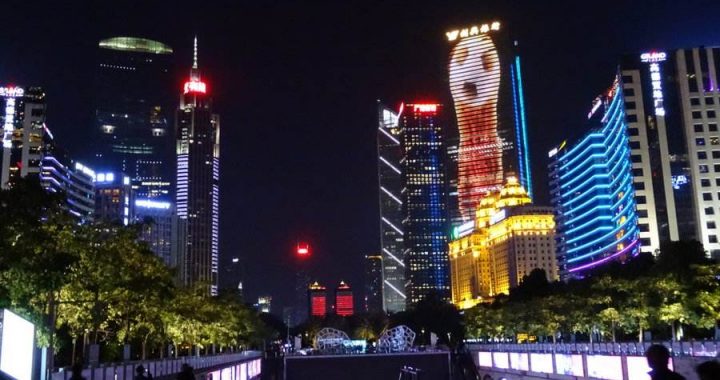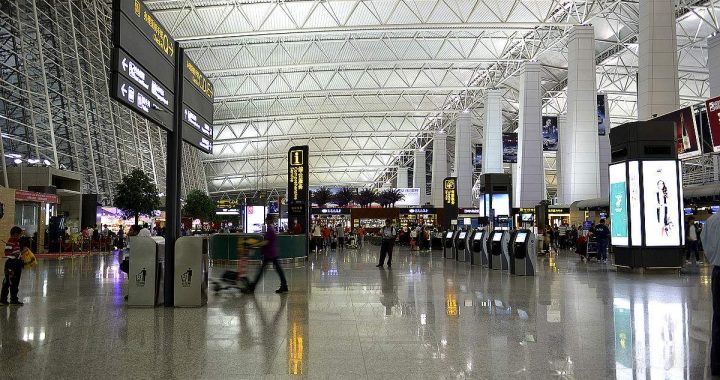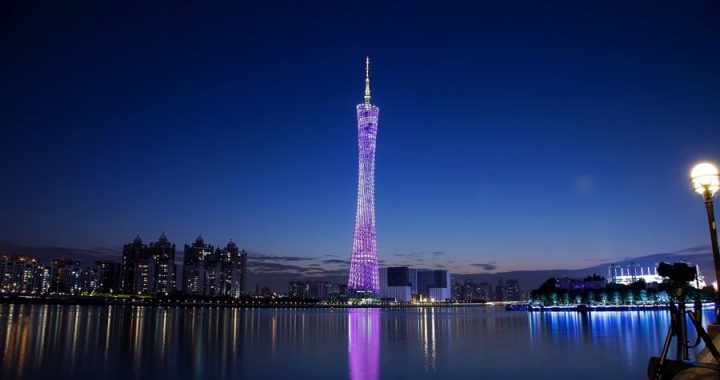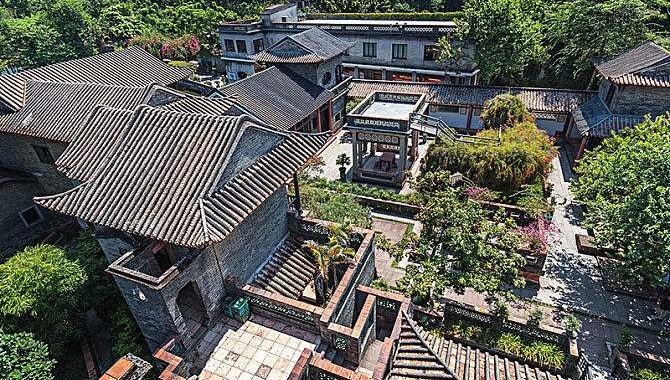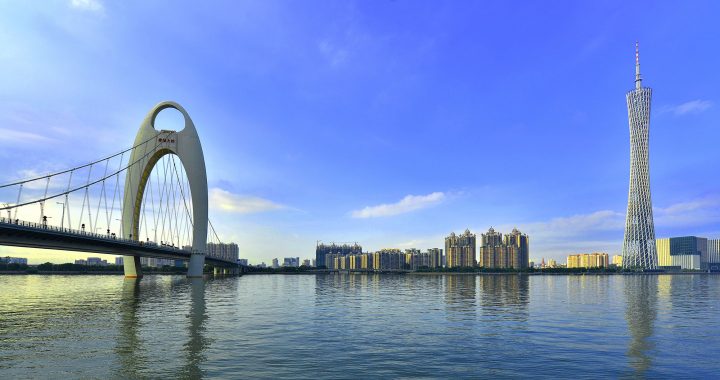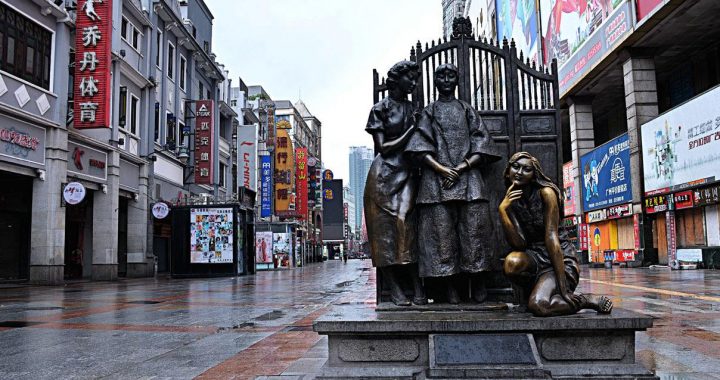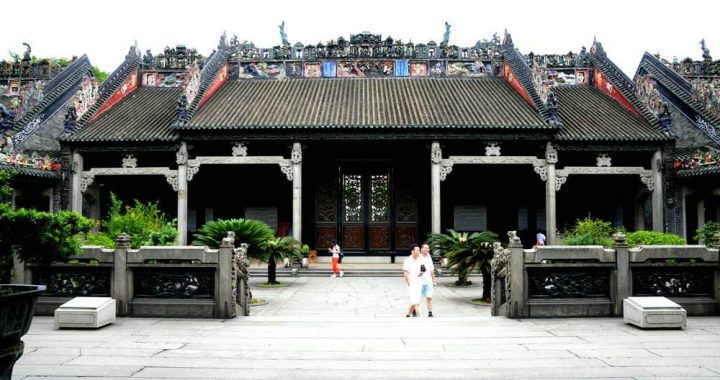Cantonese Opera Introduction
2 min readCantonese opera, originating from Southern Opera, is originally named as full- scale drama. It is one of the major categories in Chinese opera, which emerged in the middle of Ming dynasty. It is popular in Guangdong, Guangxi, Hong Kong, Macau, Singapore and Malaysia, as well as other overseas Chinese communities. Like all versions of Chinese opera, it is a traditional Chinese art form, involving music, singing, martial arts, acrobatics and acting.
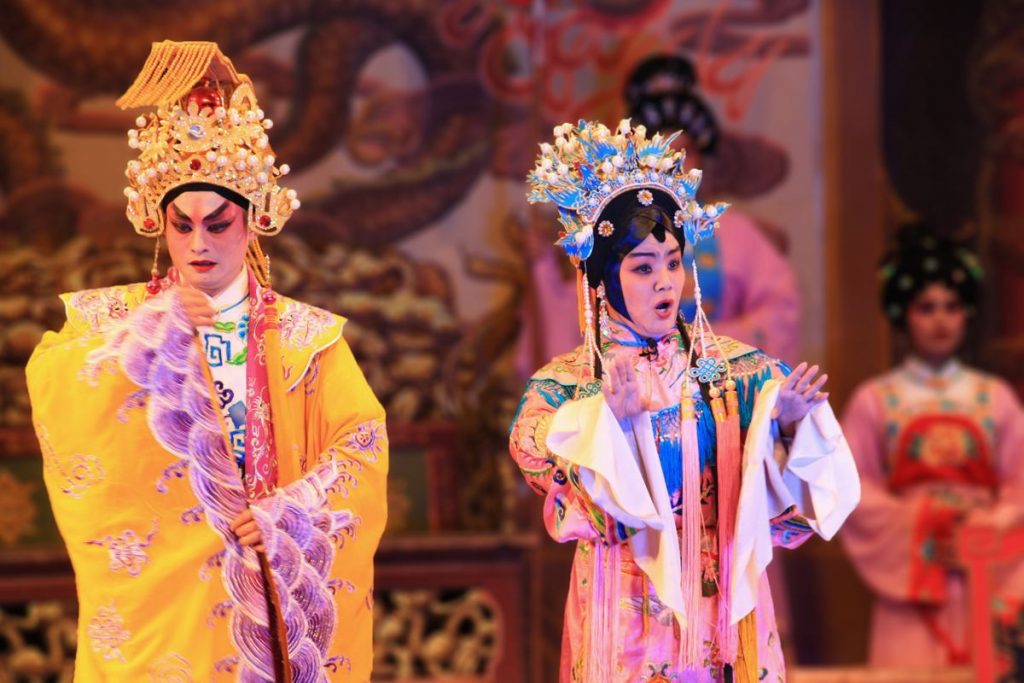
Characteristics
Cantonese opera shares many common characteristics with other Chinese theatre genres. Music, singing, martial arts, acrobatics and acting are all featured in Cantonese opera. Most of the plots are based on Chinese history and famous Chinese classics and myths. Also, the culture and philosophies of the Chinese people can be seen in the plays. Virtues, such as loyalty, love, patriotism and faithfulness are often reflected in the operas.
Makeup
Applying makeup for Cantonese opera is a long and specialized process. One of the most common styles is the“ white and red face”: an application of white foundation and a red color around the eyes that fades down to the bottom of cheeks. The eyebrows are black and sometimes elongated. Usually, female characters have thinner eyebrows than males. There is black makeup around the eyes with a shape similar to the eyes of a Chinese phoenix. Lipstick is usually bright red. Actors are given temporary facelifts by holding the skin up with a ribbon on the back of the head. This lifts the corners of the eyes, producing an authoritative look.

Each role has its own style of make- up:the clown has a large white spot in the middle of his face, for example. A sick character has a thin red line pointing
upwards in between his eyebrows. Aggressive and frustrated character roles often have an arrow shape fading into the forehead in between the eyebrows. Strong male characters wear“ open face” makeup. Each character’ s makeup has its own distinct characteristics with symbolic patterns and coloration.
Costumes
Costumes correspond to the theme of the play and indicate the character of each role. Each type of play is associated with particular costumes. The water sleeves of man plays can be attached to the waist or the sides of the breast areas. Costumes can be single or double breasted.
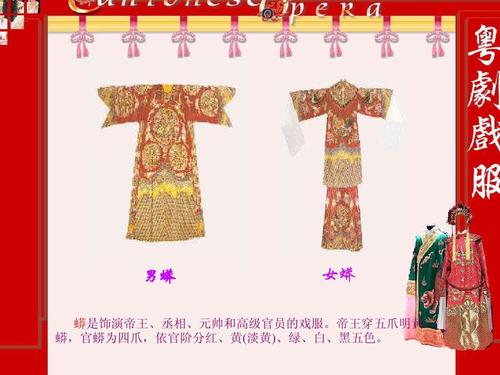
Costumes also indicate the status of the character. Lower- status characters, such as females, wear less elaborate dresses, while those of higher rank have more decorative costumes.
Speech types

Commentators draw an essential distinction between sung and spoken text, although the boundary is a troublesome one. Speech- types are of a wide variety: one is nearly identical to standard conversational Cantonese, while another is a very smooth and refined delivery of a passage of poetry; some have one form or another of instrumental accompaniment while others have none; and some serve fairly specific functions, while others are more widely adaptable to variety of dramatic needs.
